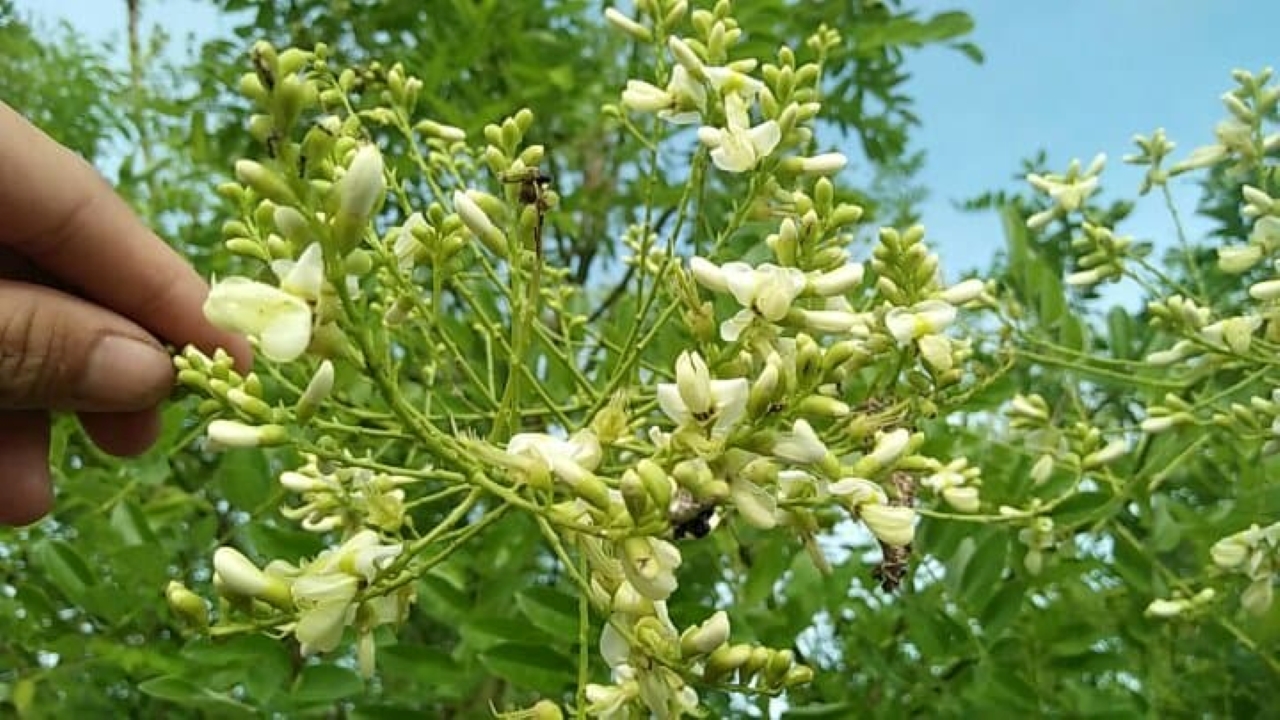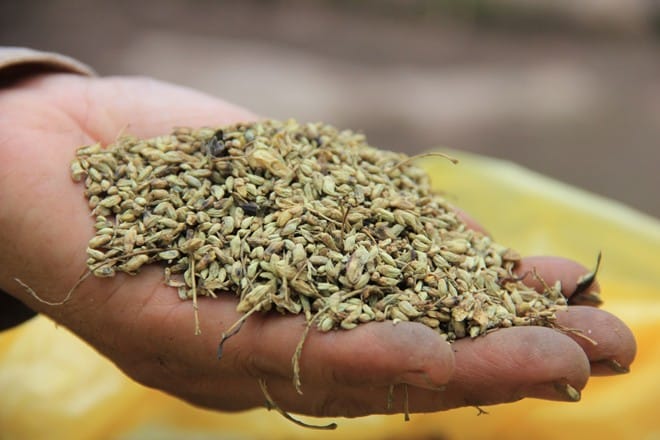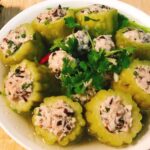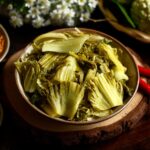For centuries, the flowers of the Japanese Pagoda Tree have been used to lower blood pressure and prevent complications of high blood pressure, such as atherosclerosis and stroke.
According to modern scientific research, rutin, an active compound found in the flowers, helps improve blood vessel elasticity, reduce capillary permeability, decrease smooth muscle tension, and counteract adrenaline’s effects in the body.

1. Health Benefits of Japanese Pagoda Tree Flowers
Rutin, a type of vitamin P, strengthens capillaries. A deficiency in this vitamin can lead to weakened capillaries that are prone to breakage. Previously, this was attributed solely to a lack of vitamin C, but recent studies have highlighted the role of vitamin P.
Hemostatic properties: The flowers help reduce bleeding time, and this effect is enhanced when the flowers are charred.
Capillary health: The flowers reduce capillary permeability and increase capillary wall strength.
Cholesterol-lowering effect: The bark of the tree reduces liver and arterial cholesterol levels, helping to prevent atherosclerosis.
2. Medicinal Uses and Preparation of Japanese Pagoda Tree Flowers
Traditional Characteristics of Japanese Pagoda Tree Flowers
The flowers have a bitter taste and a neutral nature, while the fruits are bitter and cold. The flowers are associated with the liver and large intestine meridians, and the fruits with the liver meridian. They are used to cool the blood, clear heat, and stop bleeding (flowers). The fruits have similar properties to the flowers but can induce abortion. They are used to treat dysentery, hemorrhoids with bleeding, vomiting blood, nosebleeds, and women’s bleeding.
Traditionally, the flowers are used as a hemostatic agent, for conditions such as coughing up blood, nosebleeds, blood in the urine, and intestinal bleeding. A daily dose of 5-20g is typically consumed as a decoction.
Rutin is often prescribed for patients with high blood pressure who have fragile capillaries. It helps prevent cerebral vascular rupture, acute nephritis-related bleeding, and pulmonary hemorrhage of unknown origin. It is also beneficial for patients with hypertension.
Charred Flowers: Treat nosebleeds, coughing up blood, uterine bleeding, blood in urine or stool, headaches, dizziness, red eyes, and irritability. Take 8-12g daily as an infusion or decoction.
Yellow-charred Flowers: Treat hypertension and eye pain. Consume 12-16g daily as an infusion or decoction. The fruits have similar properties to the flowers but can induce abortion.
Dosage and Preparation: Take 8-10g daily as an infusion or decoction, or 0.5-3g as a powder or pill. Charred fruits are used to treat blood in the stool.

Best Way to Brew Japanese Pagoda Tree Flower Tea for Hypertension
Use 20-30g of dried flowers per teapot. Pour just-boiled water, approximately 300ml, over the flowers, aiming for a ratio of 10g of flowers to 100ml of water. Wait 3-5 minutes for the flowers to infuse the water; they should sink to the bottom. If they don’t, your water may not have been hot enough.
Alternatively, place the flowers in the teapot first, then pour in the water and boil for 1-2 minutes.
Who Should Avoid Eating Bitter Melon (Bitter Gourd)?
Bitter melon, also known as bitter gourd, is a vegetable with potent health benefits. While it may not appeal to everyone’s palate due to its distinct bitter taste, it is a nutritional powerhouse packed with vitamins and minerals. This humble vegetable has gained recognition in the health and wellness sphere for its potential to promote overall wellbeing.




































